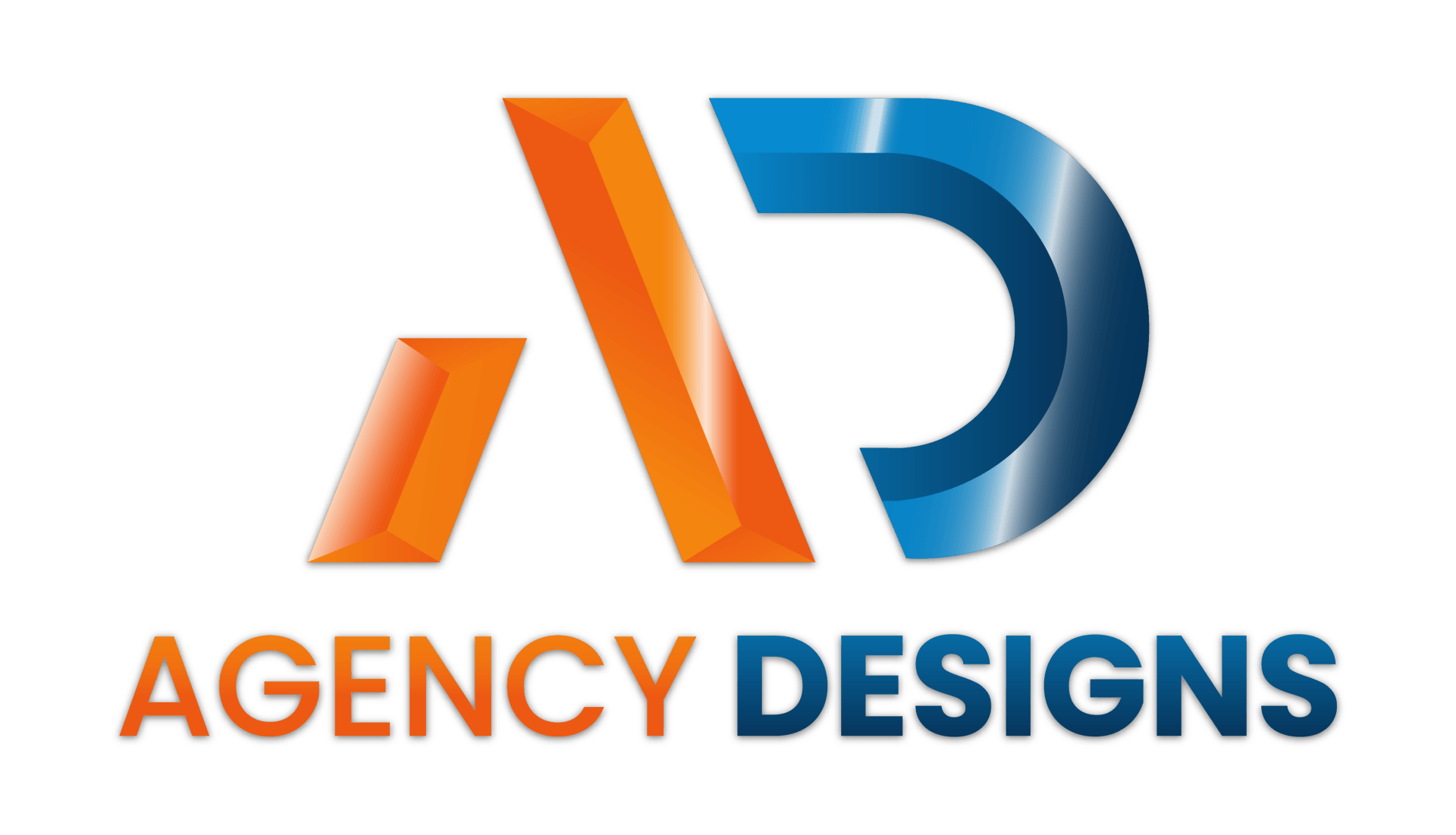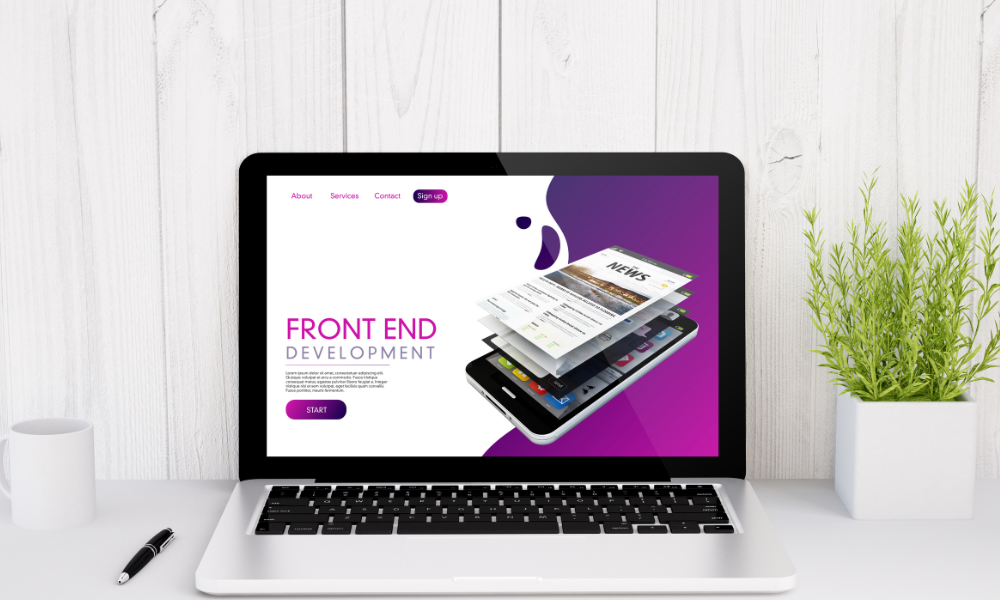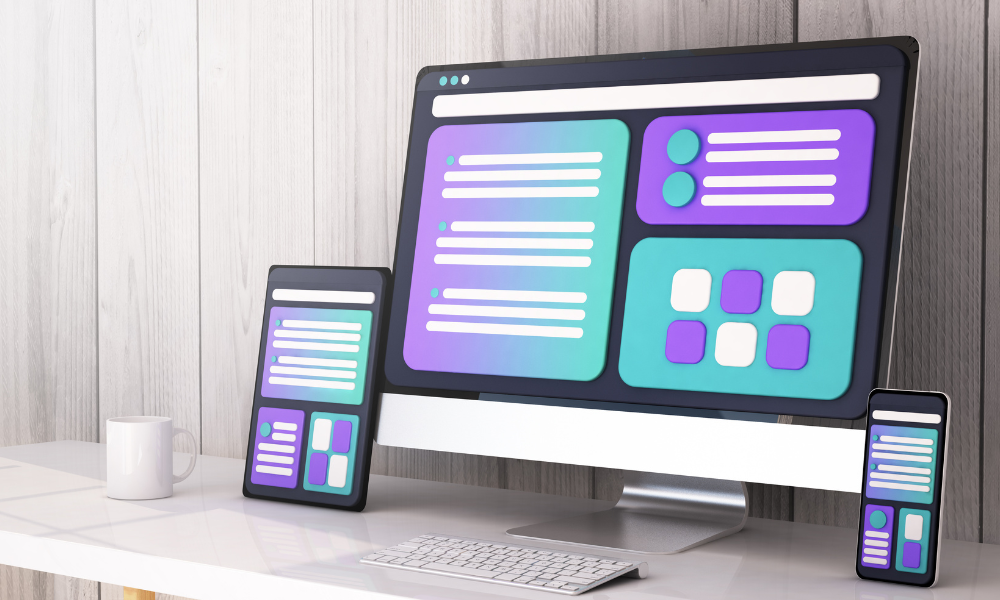Getting Creative With White Label Web Design For Your Clients

White label web design opens up a world of possibilities for agencies looking to deliver top-notch, customized websites for their clients without the hassle of building from scratch. By collaborating with a service that provides the foundational elements, agencies can focus on what they do best—creativity and personalization. This approach ensures that every client receives a unique website that meets their specific needs while maintaining high-quality standards.
Creating standout web designs in today's environment involves more than just aesthetic appeal. Agencies need to integrate functionality, user experience, and innovative elements into each project. Using white label web design allows agencies to enhance their offerings, saving time and resources, as they unleash the full creativity of their teams to craft breathtaking digital experiences.
Understanding the Concept of White Label Website Design
White label website design is essentially a method where agencies partner with third-party providers who supply ready-to-customize website templates. These templates become the canvas upon which agencies can paint their client's visions. It's all about efficiency, as the heavy lifting on the back-end is handled by the white label provider, allowing agencies to invest more time and energy into tailor-fitting the sites to client demands.
One of the key benefits of this approach is the ability for agencies to offer their clients fully functional, well-designed websites without needing extensive in-house development teams. This is particularly advantageous for agencies that want to expand their offerings quickly or who might lack the resources to hire additional staff. Here's why white label design could be the perfect fit:
- Time Efficiency: With pre-made templates, projects move from start to finish faster.
- Flexibility: Templates can be adapted to any style or industry, providing versatile solutions.
- Cost-Effectiveness: Outsourcing the technical groundwork reduces overhead expenses.
When agencies use white label web design, they can exceed client expectations while freeing up resources for creative pursuits. It's a win-win approach, providing high-quality outcomes without the stress of starting from zero. Such a strategy not only boosts client satisfaction but also positions agencies as reliable problem-solvers in an ever-demanding market.
Innovative Approaches to White Label Web Design
Creativity is the heart of web design, and adopting innovative methods can make a significant difference. To make white label web design projects stand out, incorporating unique visual elements is key. This could involve using distinctive color palettes, custom illustrations, or interactive features that capture user interest. By focusing on originality, agencies can create memorable websites that clients will appreciate and users will enjoy exploring.
Technology plays a crucial role in taking web designs to the next level. Utilizing advanced tools and frameworks allows for smoother development processes and superior user experiences. For example, integrating responsive design elements ensures that websites look great on all devices, from desktops to smartphones. With technology continually evolving, staying up-to-date with the latest trends and tools can keep agencies at the forefront of web design, offering their clients state-of-the-art solutions.
Tailoring Designs to Client Needs
A one-size-fits-all approach rarely succeeds in web design. Tailoring design elements to meet specific client needs should always top the list of priorities. This could mean customizing templates for different industries or personalizing interactive functionalities to match user demographics. Agencies can start by understanding their client's unique requirements and industry standards, then shape the design to deliver those needs effectively.
Ensuring that the design is user-friendly is another vital step in the process. Websites should guide visitors intuitively through content, making navigation a breeze. Features such as clear calls-to-action, easily accessible information, and speedy load times not only enhance user satisfaction but also foster engagement. An example of effective customization might include a local bakery utilizing a white label design that captivates its audience by showcasing daily specials, with easy navigation to order online.
Real-Life Applications and Success Stories
Bringing real-world experience into the discussion can provide valuable insights into successfully applying white label designs. Agencies often discover that creative exploration and practical execution go hand-in-hand. For instance, a recent partnership may have resulted in a unique website for a retail client that dramatically improved shopper retention by employing visually engaging components coupled with seamless e-commerce functionality. Such examples highlight the adaptable nature of white label services and their impact on diverse markets.
Lessons learned from various projects are equally valuable. Understanding what worked well and areas for improvement can guide future endeavors. The best practices come from a blend of successful execution and learning from challenges—an approach that ensures continuous improvement and satisfaction for both clients and their end audiences.
Making White Label Web Design Work for Your Agency
Getting the most out of white label web design is about integration and support. Integrating these solutions into your offerings means aligning them with your strategic goals and the particular needs of your clients. It ensures that what you provide is cohesive, reliable, and beneficial across multiple projects.
Utilizing resources and support effectively allows agencies to remain competitive and deliver better results without overextending their teams. Collaborating with providers who offer comprehensive support minimizes complications and streamlines the development process. This collaboration empowers agencies to focus on what really matters—crafting designs that resonate with users and satisfy client requirements.
By combining creativity, technology, adaptability, and strategic integration, agencies can transform how they approach web design, offering tailored solutions that elevate client satisfaction and business growth.
Ready to step up your digital offerings? See how adding creative elements through white label website design can improve your client results while saving time. Explore more tips and tools from Agency Designs to boost your agency’s performance.










